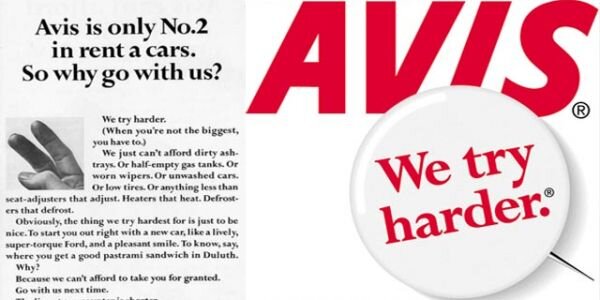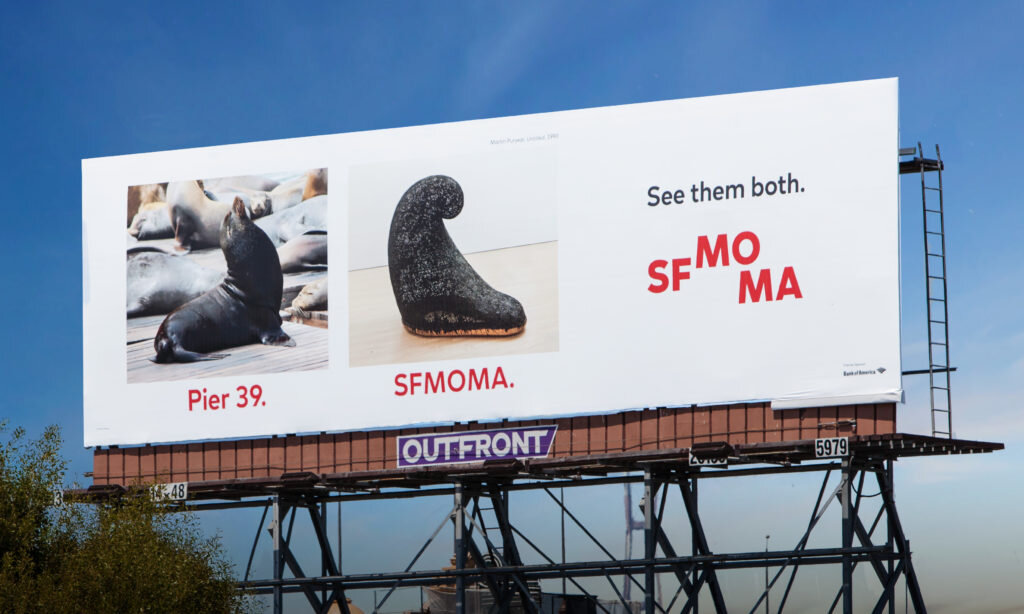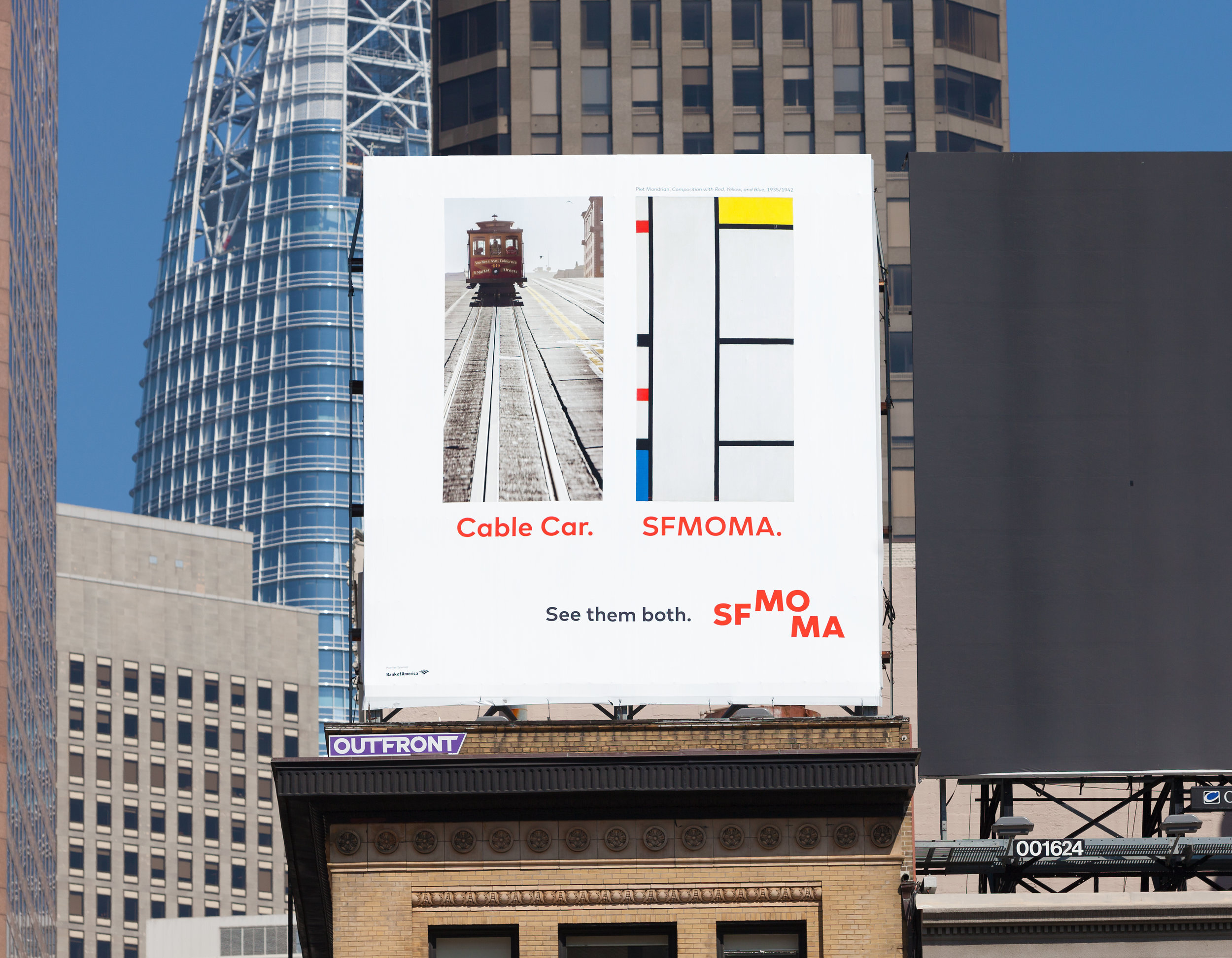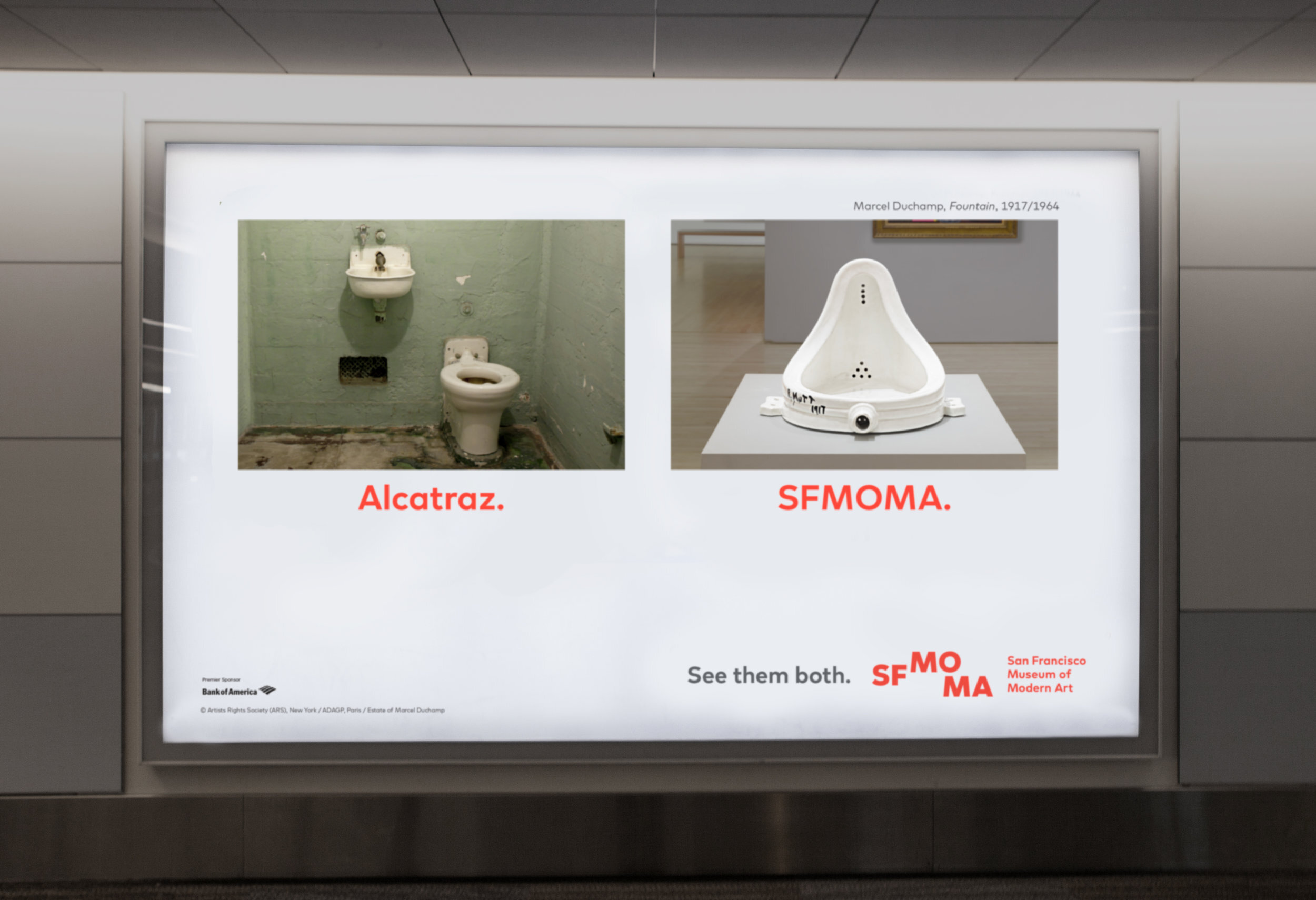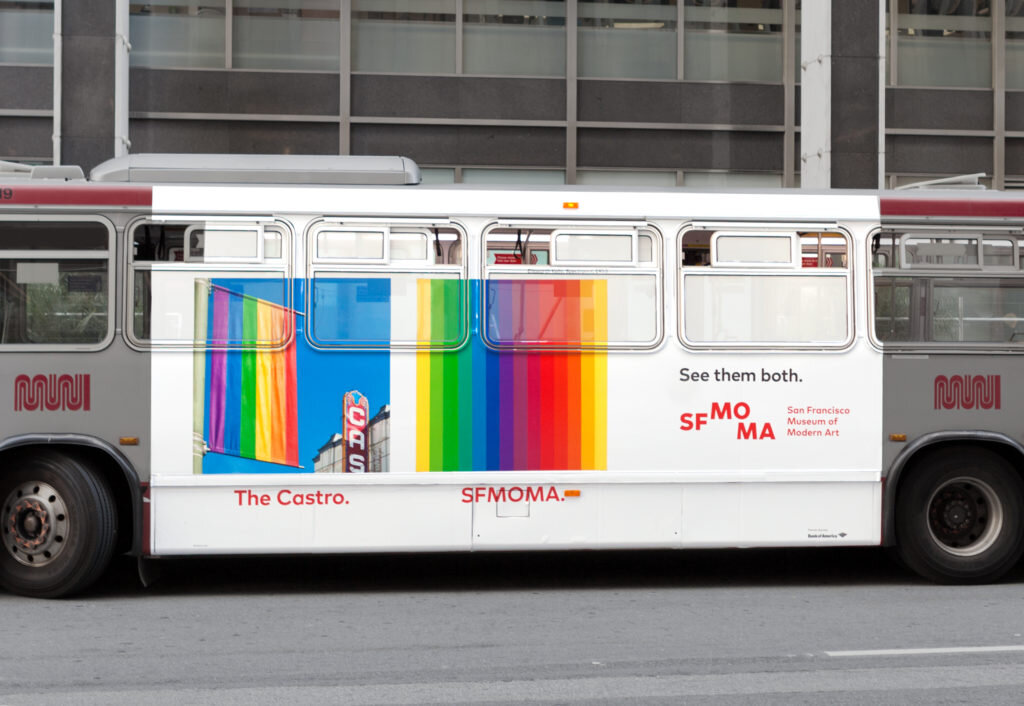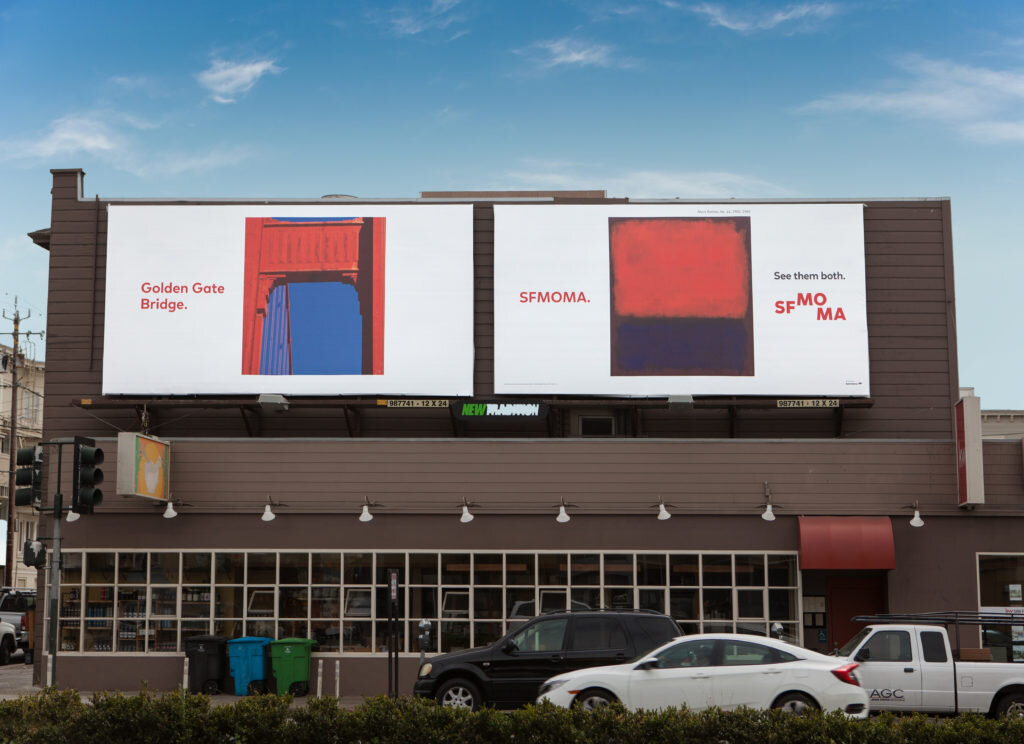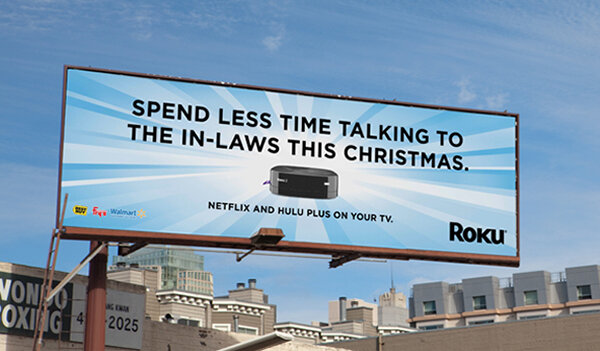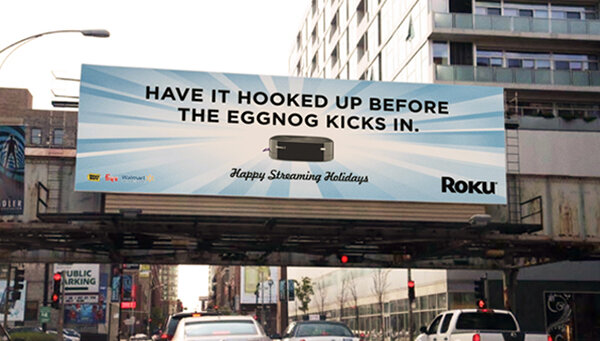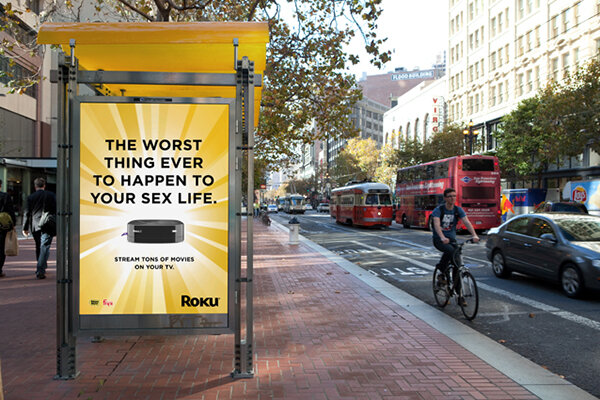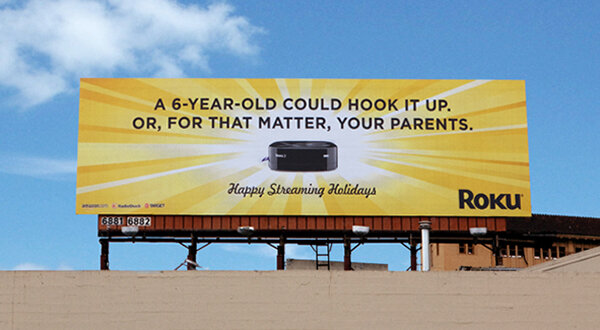Arguably, “Just Do It” is one of the most successful—not to mention memorable—taglines in the history of advertising. The award-winning ad campaign, which launched in 1988, was the catalyst for Nike’s meteoric rise to becoming one of the world’s top brands. Thirty years later the now legendary line endures, along with the company’s commitment to keeping their brand identity laser focused.
It goes without saying, that every client that engages an ad agency to orchestrate their brand launch (or re-brand launch) dreams of a similar success story. But know this: When searching for the best ad agency to sell your wares, it’s important to remember that advertising is part art, and part science. How consumers react is only partially predictable. Sound market research, strategic thinking and brilliant creative can help. But the thing everyone focuses on first, is the tagline.
If there isn’t an actual secret sauce to replicating Nike’s “Just Do It,” how do you increase the odds that your message will resonate? The tenets below serve as some basic building blocks of an effective tagline. Choose wisely and a few choice words will be ingrained in the consumer’s head today, tomorrow, and for decades to come.
Keep It Simple
A tagline is intended to encapsulate a brand’s personality. It’s definitely not the place to explain your product’s many benefits. When presented with taglines, clients will often say: “I like the line, but it doesn’t tell the complete story of who we are.” That may be true. But that’s not what the tagline is supposed to do. The tagline is simply about evoking an emotional response. Gillette’s tagline “The Best a Man Can Get” doesn’t explain why. It doesn’t explain how a close shave can help you present a well groomed image and therefore appear more trustworthy to others. It’s all about how a guy feels.
Embrace What’s Unique.
A tagline can help set you apart from competitors. What do you offer that’s different? Avis’s “We Try Harder” tagline is a great example of this. The tagline came out of a discussion between DDB creatives and the Avis management team. Asked why anyone ever rents a car from Avis when Hertz was clearly the brand leader they said: "We Try Harder.” This tagline, which prevailed for 50 years (the company went another direction in 2012) positioned Avis to not necessarily compete with Hertz, but embrace its second-place status. It’s a classic example of owning your negative to turn it into a positive.
If it Ain’t Broke, Don’t Fix It
“A Diamond is Forever" has appeared in every single De Beers advertisement since 1948. The tagline drove diamond sales to a record high and made a diamond engagement ring as essential to a bride as her dress, veil, and a multi-tiered cake. In 1999 Ad Age named “Diamonds are Forever” the tagline of the century. And, nearly two decades into the 21st century, there’s no indication that the campaign’s effectiveness is waning.
If you can create a simple line that says something great, keep it. Change your campaign, executions, media, social content, videos, products, promotions, digital marketing, everything, but leave the line unless there’s a good reason to change it.
Cut Your Losses
If you’re working with a brand with established gravitas it’s not always advisable to re-invent the wheel. In 2014, Burger King scrapped its 40-year-old tagline “Have it Your Way” and replaced it with “Be Your Way.” The intent was to promote individuality. However, fans panned the new phrase because it simply made no sense. “Have It Your Way” lets the public know that they can customize their orders. “Be Your Way” just confuses the consumer. Although Burger King put a lot of time and money behind their new tagline, it never caught on. And, in the end, they quietly condensed the line to read “Your Way” which is ultimately a face saving move without any acknowledgment that the change to, “Be Your Way” was a colossal mistake.
Say One thing Well
Apple’s “Think Different,” which ran from 1997 to 2002, says nothing specific about Apple products. Yet, to this day, those two words are synonymous with the Apple Brand. It was a nod to the early adopters—at the time just 5% of consumers used apple products—who were thoughtful enough to embrace to totally different kind of computer, which operated in a totally different way than brand-leader IBM. More than two-thirds of Americans now own at least one apple product. And while Apple users now far outnumber other brands, the cache of being part of something innovative and unconventional lives on.
Trust the Agency
You know more about your company and its product than anyone else. But your ad agency knows more about how to endear consumers to your company and product than anyone else. When you say something like, “I ran the creative by my wife, brother, neighbor, dog catcher, (fill in additional name here) and they didn’t care for it” that’s neither helpful nor constructive. If you hired a lawyer you wouldn’t run his legal arguments by your wife, brother, neighbor, or dog catcher, nor would you seek a consensus opinion on whether your accountant filed the firm’s tax returns properly.
Early in my career, I was working for a guy who was, and still is, one of the most successful creative forces in the advertising industry. We were presenting new taglines to a large sporting goods company. Afterwards the client said: “I like this line, but do you have anything else.?” Without missing a beat, the creative replied, “This isn’t a fucking restaurant, This is your tagline.” Few ad execs could speak to a client so directly without losing the account. But, as I said, this guy is a legend. My point, however, is that the client backed off, ran the campaign and reaped the benefits.
####
The Small Agency Blog is produced by Division of Labor; a top San Francisco ad agency and digital marketing firm that’s been named Small Agency of the Year twice by Ad Age. The award-winning creative shop services clients on a retainer or project basis. They also offers brand consulting services and hourly engagements for startups and smaller brands. Click here for a free consultation.


